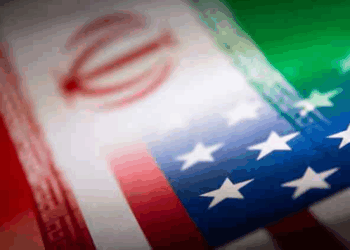Washington, April 22, 2025: U.S. Secretary of State Marco Rubio on Tuesday unveiled a sweeping overhaul of the State Department, announcing a 15% reduction in domestic staff and the consolidation or closure of over 100 bureaus worldwide. The restructuring aligns with the Trump administration’s broader “America First” agenda aimed at downsizing government and reshaping foreign policy priorities.
Announced via social media and detailed in documents obtained by the Associated Press, the plan reduces the number of State Department offices from 734 to 602, with 137 additional offices being relocated internally for “greater efficiency.”
Rubio justified the move in a department-wide email:
“We cannot win the battle for the 21st century with bloated bureaucracy that stifles innovation and misallocates scarce resources.”
The overhaul includes the creation of a “reimagined” foreign and humanitarian affairs office to manage the remaining aid functions after the dismantling of USAID. Offices expected to be eliminated include the Office of Global Women’s Issues and various diversity and inclusion units, which have seen cuts across federal agencies since President Trump returned to office.
Functions under the Undersecretary for Civilian Security, Democracy, and Human Rights will also be scaled back, though some responsibilities will be absorbed by other divisions.
It remains unclear whether the changes will be enacted through executive order or administrative measures. Drafts circulated within the department in recent weeks suggested even deeper structural shifts.
This announcement follows a proposed 50% budget cut to the State Department by the White House Office of Management and Budget, which also recommended slashing funding for UN and NATO headquarters. The proposal is still in its early stages and faces hurdles in Congress.
The administration has also moved to defund other “soft power” tools, including Voice of America, Radio Free Asia, and other outlets delivering independent news to authoritarian states.
The restructuring marks one of the most significant shifts in U.S. diplomacy in decades and signals a pivot from multilateral engagement to a leaner, inward-focused foreign policy model.








